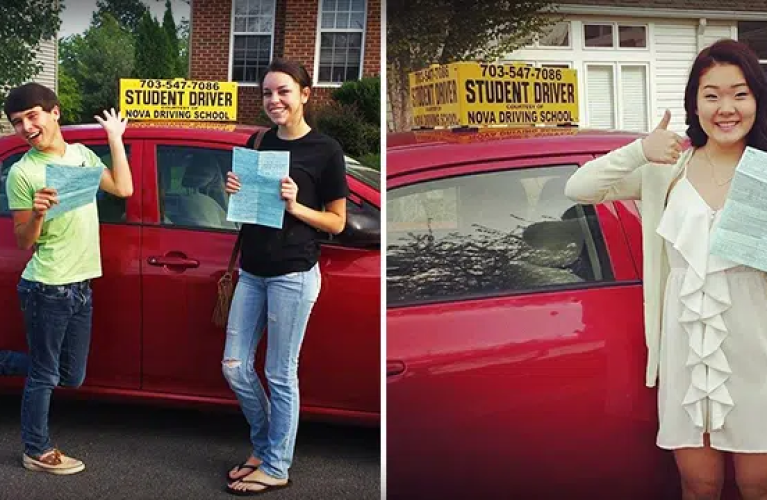
Homeschooling offers a unique opportunity to tailor education to fit the needs and interests of each child. When it comes to music education, homeschool music lessons can be a rich and rewarding part of a child’s curriculum. With the right approach and resources, you can create a comprehensive music education program that nurtures your child’s love for music and fosters their musical abilities. This article will guide you through creating effective homeschool music lessons and recommend essential books about music to support your journey.
Creating Effective Homeschool Music Lessons
Designing a music curriculum for homeschooling can be an exciting endeavor. Here’s how you can structure your homeschool music lessons to ensure they are both educational and engaging:
- Set Clear Objectives: Determine what you want your child to achieve through their music lessons. Objectives might include learning to play a musical instrument, understanding music theory, or exploring different musical genres. Clear goals will guide your lesson planning and help track progress.
- Incorporate a Variety of Activities: Homeschool music lessons should be diverse to keep your child engaged. Include activities such as playing instruments, singing, composing, and listening to music. Each activity should align with your learning objectives and cater to your child’s interests and abilities.
- Use Interactive Tools: Leverage technology to enhance your music lessons. Music education apps, online tutorials, and virtual instruments can make learning more interactive and fun. Tools like GarageBand for composing music or Yousician for learning instruments can be particularly effective.
- Integrate Music Theory and History: A well-rounded music education includes understanding music theory and history. Teach your child about musical notation, scales, chords, and rhythms. Explore the history of music, focusing on different periods, genres, and influential composers and musicians.
- Encourage Practice and Performance: Regular practice is essential for developing musical skills. Set aside dedicated practice time and provide constructive feedback. Encourage your child to perform, whether for family, friends, or in virtual recitals. Performance builds confidence and hones their abilities.
- Assess Progress: Regular assessments help monitor your child’s progress and identify areas for improvement. Use a mix of informal observations and formal assessments, such as quizzes or performance evaluations. This will ensure your child is on track to meet their learning objectives.
Essential Books About Music for Homeschooling
Books about music are invaluable resources for enhancing your homeschool music lessons. They provide in-depth knowledge, inspire creativity, and offer a broader perspective on music. Here are some must-read books about music for homeschooling:
- “The Musician’s Way” by Gerald Klickstein: This book is a comprehensive guide to practicing, performing, and teaching music. It offers practical advice on overcoming challenges, developing skills, and maintaining a healthy approach to music-making.
- “The Story of the Orchestra” by Robert Levine: Perfect for young learners, this book introduces children to the orchestra, its instruments, and famous composers. It comes with a CD of music excerpts, making it an interactive learning experience.
- “Music Theory for Dummies” by Michael Pilhofer and Holly Day: A great resource for beginners, this book simplifies complex music theory concepts. It covers the basics of reading music, understanding rhythms, and recognizing different musical forms.
- “The Jazz Standards: A Guide to the Repertoire” by Ted Gioia: For those interested in jazz, this book provides insights into 250 jazz standards. It explores the history, significance, and notable recordings of each piece, making it a valuable resource for both listening and learning.
- “The Enjoyment of Music” by Joseph Machlis and Kristine Forney: This textbook offers a comprehensive overview of music history and theory. It includes listening guides, historical context, and analyses of musical works, making it ideal for high school students.
- “The Inner Game of Music” by Barry Green with W. Timothy Gallwey: This book focuses on the psychological aspects of music-making. It provides techniques for overcoming performance anxiety and developing a positive mental approach to practicing and performing.
- “The World in Six Songs” by Daniel Levitin: This book explores the role of music in human culture and evolution. It provides a fascinating look at how music has shaped societies and how different types of songs fulfill various human needs.
- “The Elements of Music” by Jason Martineau: This illustrated guide to music theory is both visually appealing and informative. It covers the fundamental elements of music, such as melody, harmony, and rhythm, in an accessible and engaging way.
Practical Application: A Sample Homeschool Music Lesson Plan
To illustrate how to integrate these elements into a homeschool music lesson, let’s consider a sample lesson plan focused on introducing the piano to a beginner student:
- Objective: By the end of the lesson, the student will be able to identify the keys on the piano and play a simple melody using both hands.
- Materials: Piano or keyboard, “Music Theory for Dummies” for reference, interactive piano app (like Simply Piano), and sheet music for “Twinkle, Twinkle, Little Star.”
- Activities:
- Introduction (10 minutes): Explain the layout of the piano, identifying the keys and their corresponding notes.
- Interactive Learning (20 minutes): Use the Simply Piano app to guide the student through basic exercises. The app provides visual and auditory feedback, making it an engaging learning tool.
- Hands-On Practice (20 minutes): Have the student practice playing “Twinkle, Twinkle, Little Star” using the sheet music. Offer guidance on hand positioning and finger movement.
- Listening and Theory (10 minutes): Discuss the melody and rhythm of the song. Refer to “Music Theory for Dummies” to explain the basic theory behind the piece.
- Assessment:
- Formative: Observe the student during practice and provide immediate feedback.
- Summative: Assess the student’s ability to play the melody accurately and confidently.
Conclusion
Homeschool music lessons can be a fulfilling and enjoyable part of your child’s education. By setting clear objectives, incorporating diverse activities, and using interactive tools, you can create an engaging and effective music curriculum. Additionally, essential books about music can provide valuable knowledge and inspiration, enriching your child’s musical journey. With the right approach and resources, you can unlock the world of music for your homeschooler and foster a lifelong love for this beautiful art form.
Category
Have any Query? Feel free to drop a mail to us.










